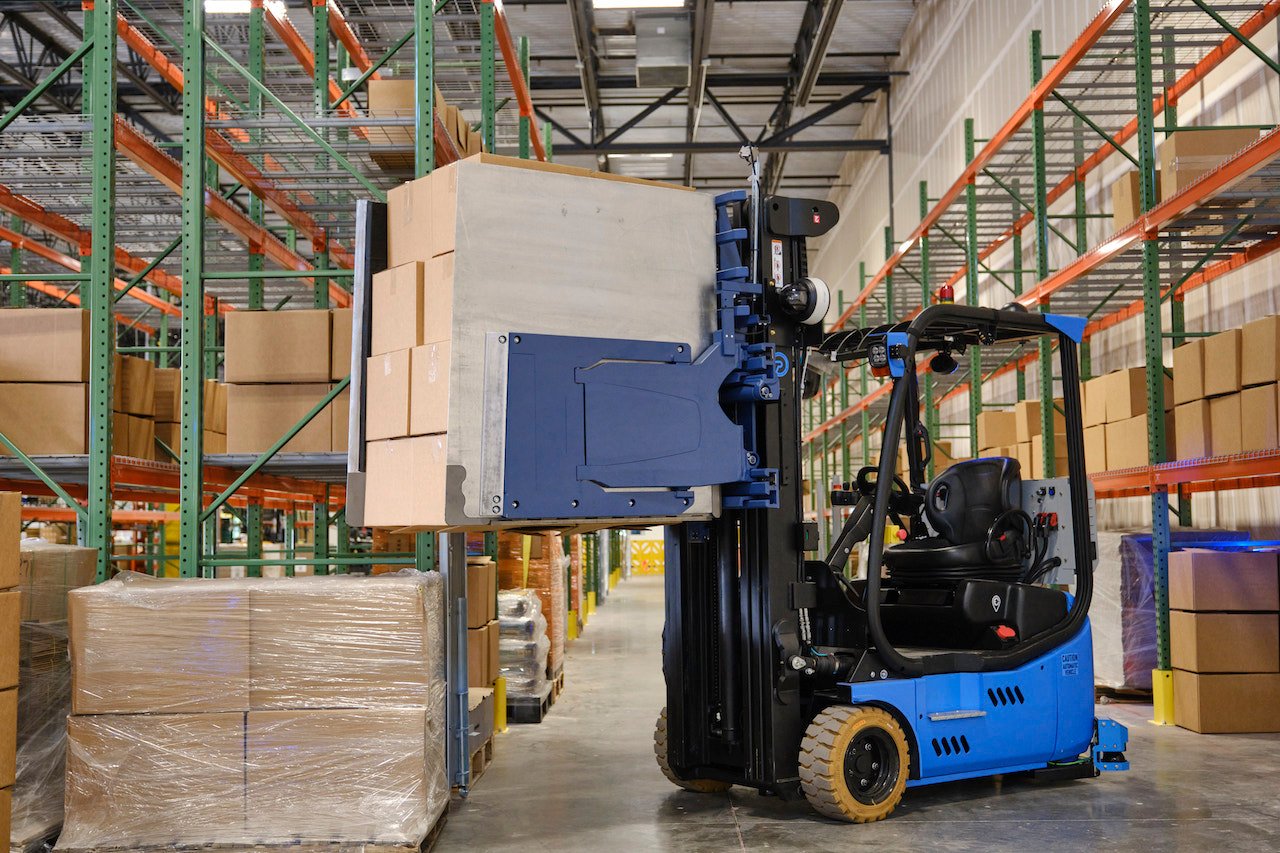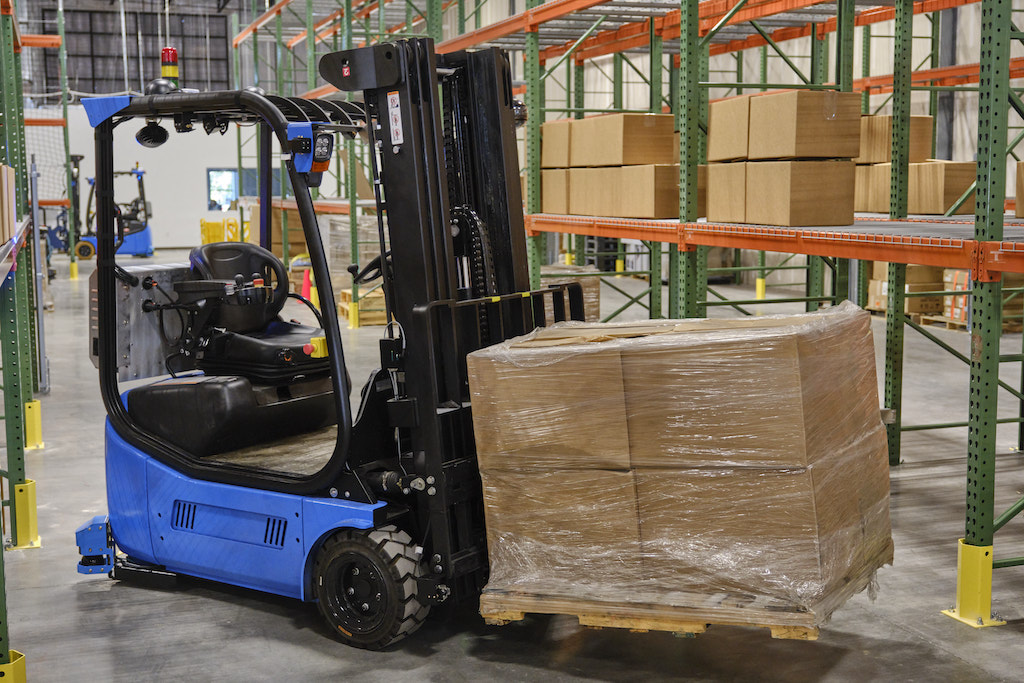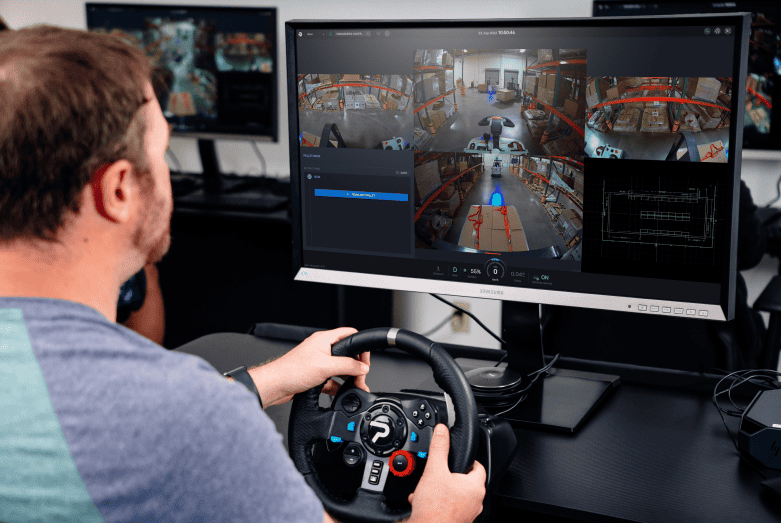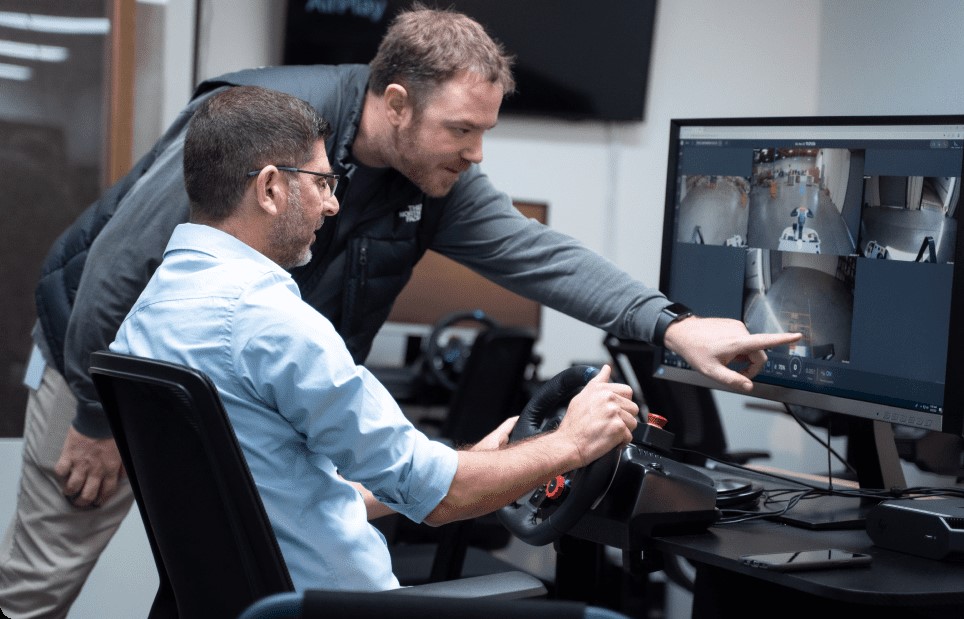At Phantom, it's our mission to empower drivers to work from anywhere through the remote operation of industrial vehicles. However, our company is not the first to use this technology. In fact, this field has a history that dates back more than 100 years. Understanding how this tech originated is important for understanding where we come from and where the industry is heading.
Where it Began
On May 12th, 1898, the first-ever Electrical and Telephonic Exhibition was held in New York's Central Park.
In attendance were some of the world's greatest inventors, including Thomas Edison and Guglielmo Marconi (the inventor of the radio). The US President at the time, William McKinley, also made an appearance. They came to see the latest technological innovations from all over the world: telegraph, lightbulbs, and new types of train brakes, to name just a few.
But the invention that stole the show was a small toy boat, placed in the Central Park pond. With no one at the controls, the boat appeared to move around as if by magic.
The Inventor
Fourteen years earlier a tall, skinny immigrant had stepped off a boat at Ellis Island, NY (less than 10 miles away from where the exhibition would later take place). In his home country of Serbia, he had schooled himself in electrical circuitry, alternating current, and radio waves.
Some of the greatest minds in the United States started to notice this work ethic, brilliance, and attention to detail. He made the journey over from Serbia at the invitation of, and to work for, Mr. Edison — though, he would only last six months before quitting. Later, he would become known as one of the greatest inventors of his generation.
His name was Nikola Tesla.

Thomas Edison and Nikola Tesla were rivals during this period.
One of Tesla's many experiments involved passing radio waves through metal powder. When the waves passed through, he found that the powder became momentarily more conductive. Through the creative use of relays, Tesla could then turn a distant electrical circuit on and off by turning on a radio, which would, in turn, change the conductivity of the metal powder, finally triggering the relay. This is considered one of the first uses of logic gates.
When he installed the circuitry in a boat, he was able to use the radio waves to steer it, wowing the crowds at the exhibition.
Tesla called his invention the Teleautomaton.
Image of Tesla's original boat. It is around 90cm long.
Early Patent
As far as we can tell, this was the first-ever use of remote operation. Tesla's patent for “Method of and Apparatus for Controlling Mechanism Of Moving Vehicles" was granted in November 1898, just after he demonstrated the use of the technology in the exhibition at Central Park.
Cover page on Tesla's original patent.
He attempted to sell the Teleautomaton to the Navy, for use in remotely operated torpedoes. But it was never taken up, neither by the military nor any other commercial enterprise. Tesla died broke, a white pigeon his only companion in his later years.
Surprisingly, it has taken more than 100 years for other startups to dive into this technology and find a scalable commercial use for it. Luckily for Phantom, Tesla's patent expired in 1915 – but his invention lives on today.

Phantom Auto's Product team visiting the pond where Tesla first demonstrated his Teleautomaton boat.
Fun Fact
Another interesting event from the exhibition saw Marconi demonstrate the first wirelessly operated explosive detonator for use in coal mines. Enthralled by the technology, Edison took one into his tent for closer inspection. However, one of Marconi's assistants, unaware of Edison's pilfering, used the same transmitting frequency on his own demonstration causing Edison's unit to blow up at his desk where he was sitting. Edison was showered in splinters, but otherwise unharmed.
Final Thoughts
The Electrical and Telephonic Exhibition saw the beginning of new technologies we still use today. Phantom Auto is proud to have been able to build on the innovative engineering Tesla displayed way back in 1898. That invention is an important part of our history and the future.
Sources
- Historical dive into Tesla's Telautomaton: https://escholarship.org/uc/item/4xr9r7rm
- Technical source laying out the invention: https://teslaresearch.jimdofree.com/telautomatics-nov-8-1898/
- Tesla's original patent: https://patents.google.com/patent/US613809A/en
- Audio excerpt from Tesa's Autobiography on the topic of Telaumatics (and life, war, and love): https://www.youtube.com/watch?v=9xACaTuVcS0
Author:
 Dalton Dwyer
Dalton Dwyer
Product Manager, Industrial Products, Phantom Auto
Dalton leads the development of Industrial Products at Phantom Auto. He has spent almost ten years in the teleoperations field, beginning as a teleoperator for sidewalk driving robots. He has also remotely operated cranes, drones, and now forklifts.







